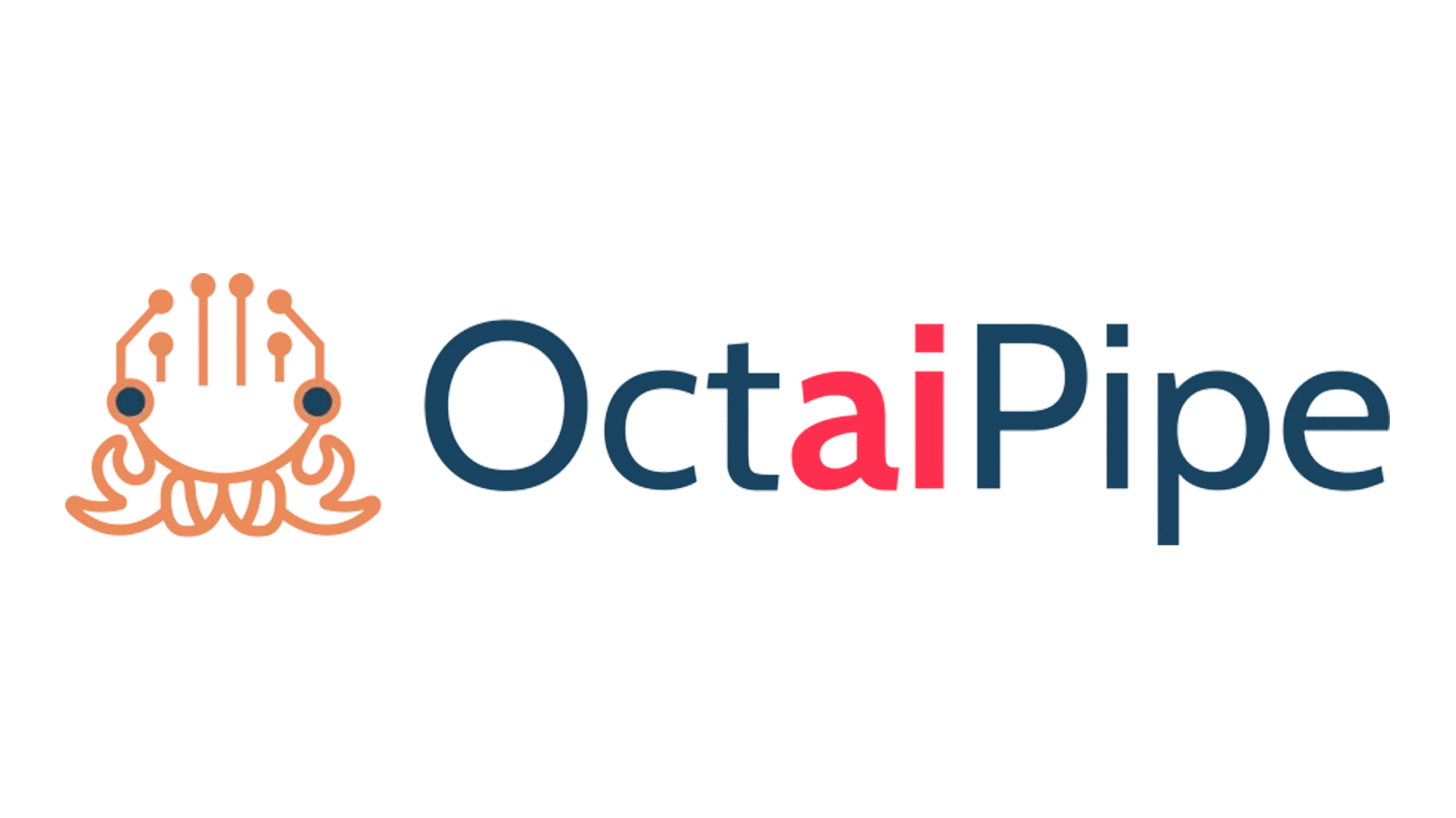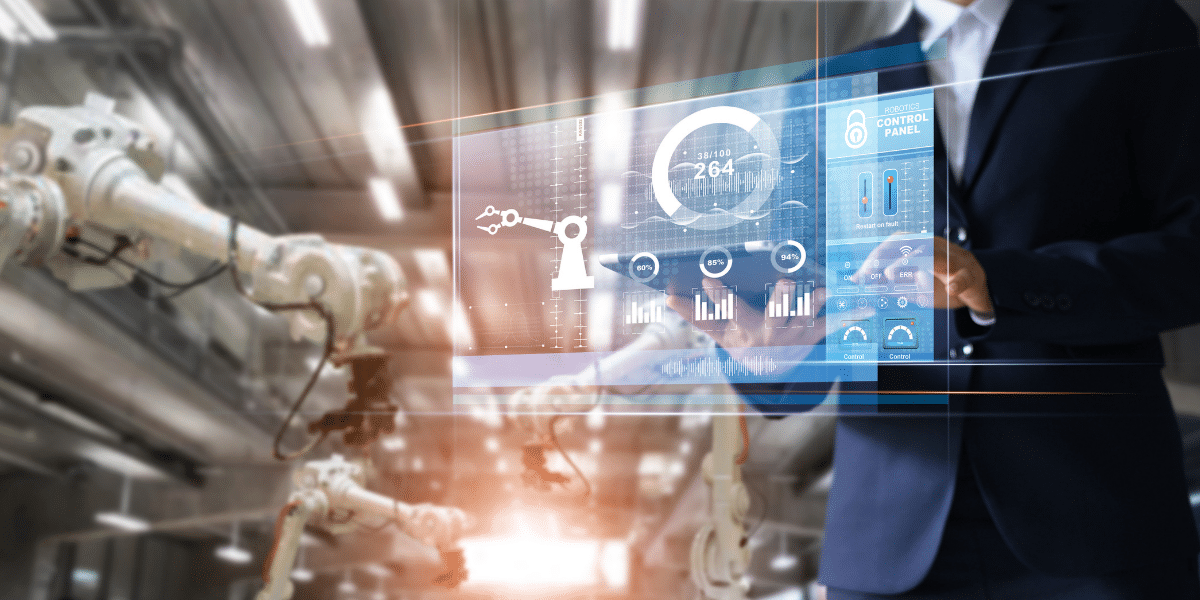Data is at the heart of manufacturing. Manufacturers have always used data from the data contained in designs and drawings translated into manufacturing jobs sheets and processes to the monitoring of production efficiency through time and motion study. The use of data in manufacturing is not new.
However, with the advent of digital technologies and AI and ML the collection and use of data has taken on new importance. Data from inside and outside the factory now has real value and without its collection, storage and use manufacturers cannot remain competitive or effectively interface with customers and suppliers.
Manufacturers are putting data at the centre of their digitalisation strategy. This is because they have learnt that data can be used to identify production and labour trends, spot changes in customers behaviour and demand, rectify maintenance and quality issues, minimise operational downtime, and reduce business risks and cannot implement digital transformation without it.
So what data are we talking about. Data is everywhere but comes in the following main forms.
- Structured data/semi-structured data such as that found in spreadsheets.
- Time series data. Data that is time tagged and is generally sequential.
- Text such as books, articles, reports, and messages.
- Audio data such as recordings, music, and speech.
- Video data such as film and real-time visual capture.
- Images such as pictures or drawings.

The most prolific and, for manufactures, probably the most important, is time-series data as this can be used to predict things that may happen in the future and monitor events in real-time inside and outside of the factory. McKinsey looked at 100’s of data use cases to provide us with a map of how different types of data are currently used.
The other important thing to understand about data is its characteristics. Data has, volume, velocity, variety, and veracity (the 4 V’s). It comes at you in many forms and at a speed and volume, you need to control. This drives how you collect data, store it, and prepare it for use and ultimately how you can use it.

You will already have in your factory the ability to collect data weather through a spreadsheet with manual data input or a production process feeding data directly into an on-premises data server. Data starts with sensors. These can be sensors embedded in machines, production processes, or come from Radio Frequency Identification (RFID) or Real-Time Location System (RTLS) technologies. And even the mobile phone is one of the most prolific data collectors.
These sensors then need to be ‘connected’ through a communication technology to data storage devices and translated and cleaned to become useful. Unfortunately, currently, there is no internationally recognised standard at the moment for translating data from ‘things’ so that the data can be ubiquitously used without the need for specific to the ‘thing’ translating software.
However, you can also get data from your existing computer systems such as your MRP and accounting software and integrate this with your other sources of data and you can collect data from external sources such as the internet using APIs to scrape or from text documents using Natural Language Processing (NPL) technology.
Data is generally stored in the cloud, on-premise servers or at the edge, on edge computing devices. Where you store your data very much depends upon what you want to do with it and its 4 V’s. Cloud computing can be very expensive and open to data protection issues but has the advantage of accessibility, flexibility and pay as you go. However, manufacturing data is usually dispersed on edge devices or different systems inside and outside of the factory therefore traditionally using this data means moving large volumes of data to centralised storage.
A way to solve this problem is through Federated Learning (FL) which is a new technology that allows AI and ML algorithms to learn from dispersed data wherever it is located. This has massive advantages as it avoids the costs of cloud storage, removes the need for continuous data connectivity and improves data security as the data does not leave the owner. T-DAB is a leader in the field of FL.
Whatever storage method you use you will need to determine the storage volume, access, and data protection policies you require.
Times series data can be displayed to provide visibility of processes and the movement of assets used to trigger alarms and watch for anomalies but its real value is that it facilitates AI and ML technologies.

AI and ML, which is the low hanging fruit of manufacturing digital technologies, requires time-series data to teach algorithms how to predict outcomes. The data needs to be ingested, cleaned, and pre-processed before the modelling can take place. This historically has been a bespoke process taking time and money to implement but T-DAB is in the process of developing an MLoPs platform that can be easily deployed to solve this problem off the shelf allowing AI and ML prefabricated pipelines to be rapidly installed and run at ease and scale.
Once you have created access to processed times series data the opportunities through AI and ML are vast. McKinsey in the same report noted that marketing and sales and supply chain management and manufacturing are the functions where AI can create the most incremental value.

Predictive maintenance, yield optimisation, procurement and spend analysis, inventory and parts optimisation along with workforce productivity and sales and demand forecasting using AI and ML will add trillion of $’s of impact on the manufacturing sector.
Of paramount importance is data security which comes in two forms. Cyber Security protects your computer infrastructure from malicious attacks such as ransomware, viruses, and hacks and Data Protection manages your sensitive data, such as personal data, within your computer environment. Both are essential to have and driven not only by risk management but also by regulations such as UK GDPR. According to a survey by IBM and the Manufacturer, Cyber Security and Data Protection are the most adopted of the digital technologies by manufacturers.
So, what can we learn from the world of data? The most important lesson is that you need to establish a data strategy and plan as part of your overall digital transformation plan. You need to understand what data you currently have and how you can generate value from it, what data you are missing and need, what sensors you will use to collect data and its 4Vs, how you transmit your data and where you will store it and what size storage you will need. And don’t forget data has real value so you need to ensure that you protect your data rights in your contracts and within your organisation.
We are not far away from the widespread adoption of Data Trusts and Data Market Places where data will be bought and sold and places where AI and ML can train. This will be the future.



